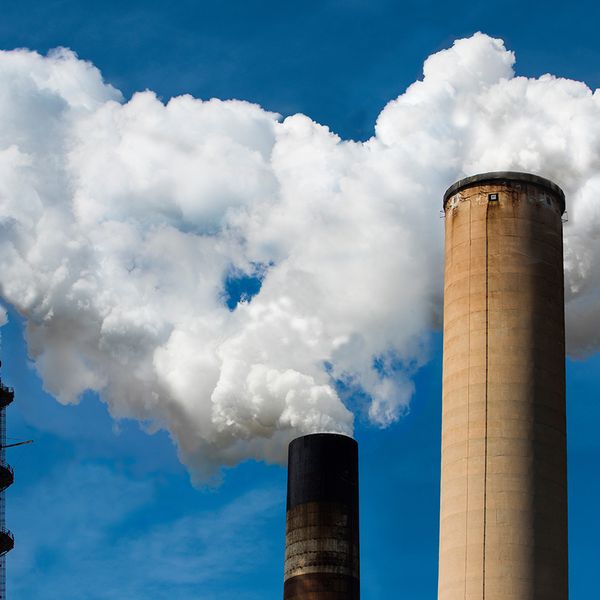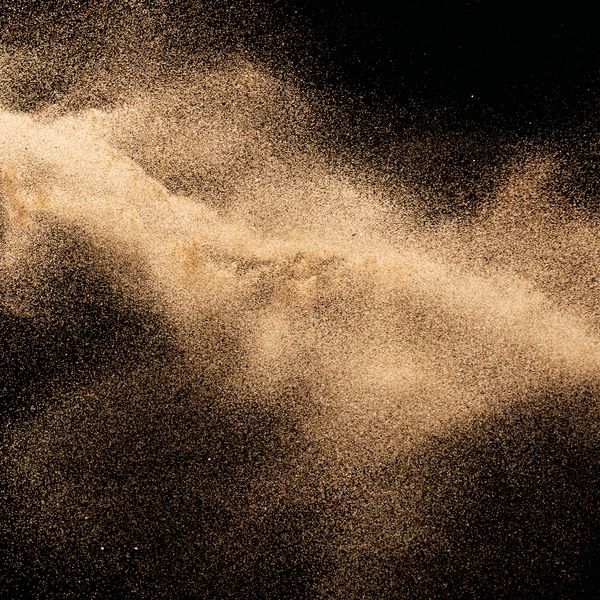Clearing the air: EPA's latest move to combat fine particulate matter
On February 7, 2024, the Environmental Protection Agency (EPA) made a significant move to improve air quality by finalizing a rule that lowers the National Ambient Air Quality Standards (NAAQS) for fine particulate matter (PM2.5). This marks the first time in a decade that such a change has been implemented. The new rule reduces the primary annual PM2.5 standard from 12.0 micrograms per cubic meter to 9.0 micrograms per cubic meter.
It's important to note that this adjustment focuses on the primary annual PM2.5 standard. Other air quality standards for PM remain unchanged, including the primary 24-hour PM2.5 standard, the primary 24-hour coarse PM (PM10) standard, and the secondary PM2.5 and PM10 standards. This development underscores EPA's commitment to safeguarding public health and the environment.
Key changes
The final rule:
- Lowers the primary annual PM2.5 standard. This stricter standard reflects the latest scientific evidence and is expected to prevent thousands of premature deaths and improve public health across the country.
- Makes targeted improvements. EPA is also taking steps to address air quality disparities by focusing on monitoring and pollution-reduction efforts in communities disproportionately affected by PM2.5.
- Enhances communication. The agency is revising the Air Quality Index to better communicate the health risks associated with different PM2.5 levels.
EPA establishes standards for six harmful pollutants (called criteria pollutants), including carbon monoxide, lead, PM, ozone, nitrogen dioxide, and sulfur dioxide. These standards are based solely on protecting public health and welfare without considering the cost of making changes.
PM2.5, also known as "soot," comes from various sources, such as vehicles, industrial facilities, construction sites, and fires. It’s associated with serious health issues like heart attacks, respiratory illnesses, and premature death. EPA estimates the new standard will prevent around 4,500 premature deaths and 290,000 lost workdays annually by 2032. Additionally, it’s expected to generate approximately $46 billion in net health benefits each year.
Regulatory process
The Clean Air Act requires that EPA review the NAAQS every five years to ensure their adequacy. The process is a multistage, robust review of the current science that requires significant expert input. If a standard is tightened, there’s a cascading effect on air quality policies and programs across the country. States and local regions must ensure that the sources of pollution in their area decrease their emissions so that the region can meet the new, more stringent national standard.
The effective date of the strengthened PM2.5 standard isn’t immediate. The rule becomes officially effective 60 days after it’s published in the Federal Register. This is expected to happen sometime in April 2024.
Implementation is a multiphase process driven by requirements in the Clean Air Act. In the first phase, EPA makes initial designations of whether areas meet the revised standards. States then develop and submit State Implementation Plans (or SIPs) outlining how to achieve the new standards. This phase, which must be done within three years, involves identifying emission sources, setting regulations, and implementing control measures.
Potential impacts
An industrial source with high emissions must apply for a permit to build a facility or expand operations in a way that increases air pollution. Here’s how your facility may be affected:
- If your facility has a final permit in hand before the effective date of the new standard, no new permitting requirements will apply.
- If your facility has a permit in process when the new standard takes effect, you must conduct an air quality analysis that considers the revised standard.
- If you have plans to build a new facility or expand an existing one, you need to work with the permitting agency to estimate how much particle pollution will be emitted and choose the best available air pollution control technology to meet the new standard.
Key to remember: EPA finalized a rule to tighten the NAAQS for fine particulate matter, lowering the primary annual standard from 12.0 to 9.0 micrograms per cubic meter.




















































